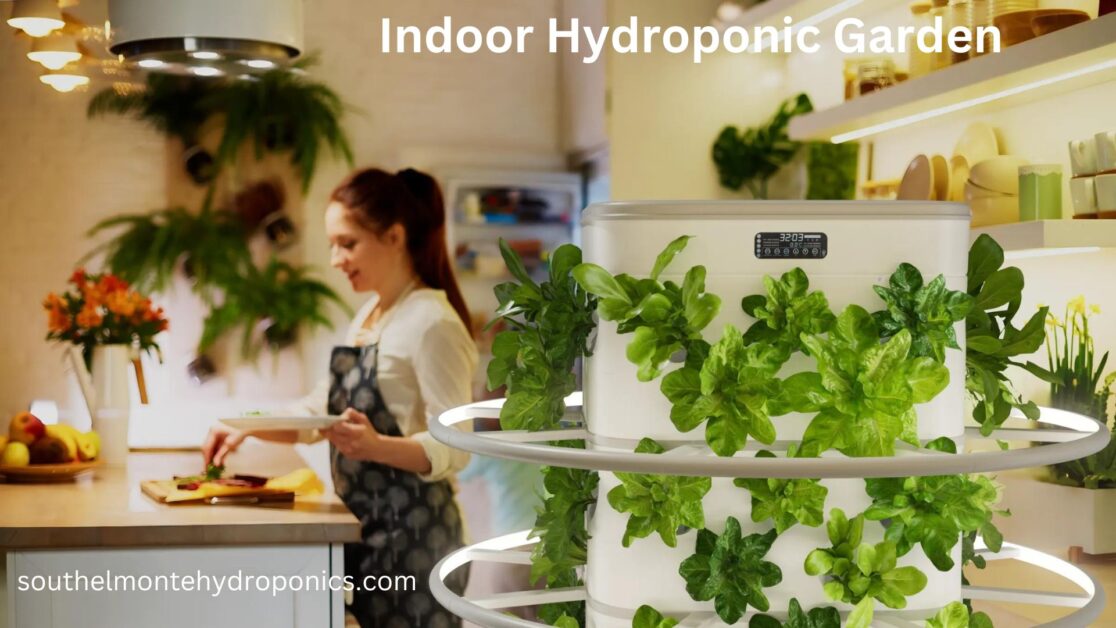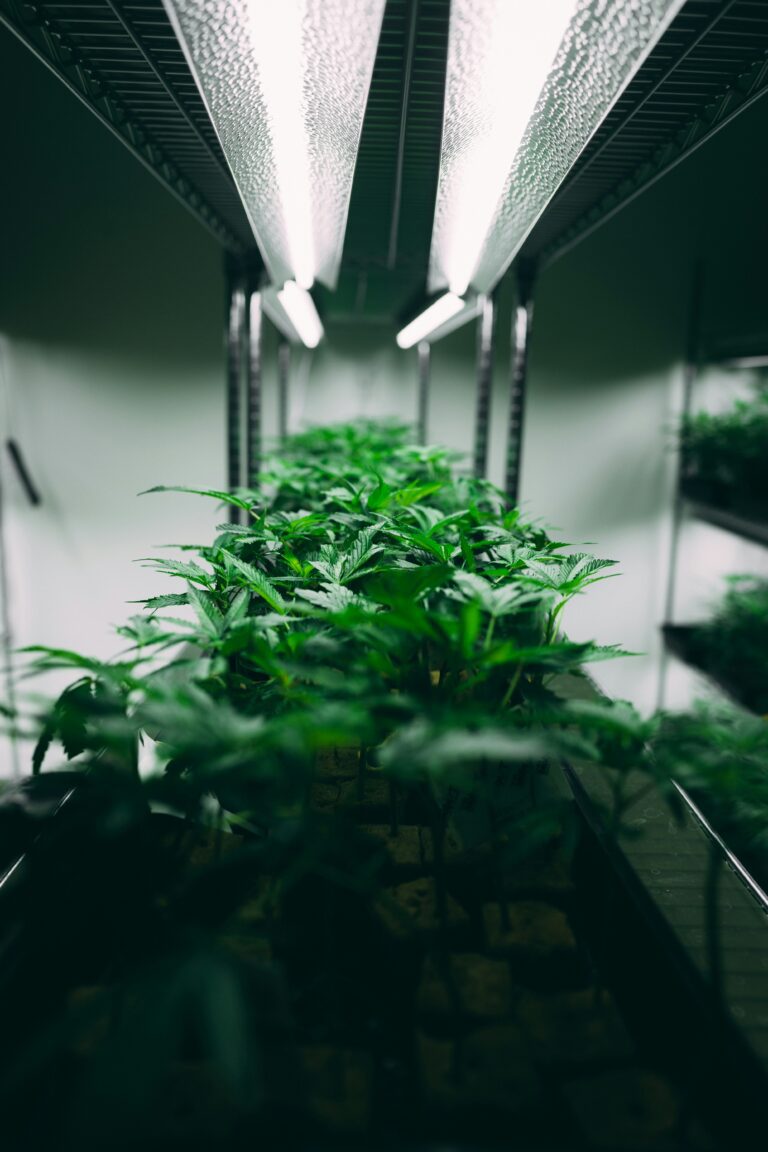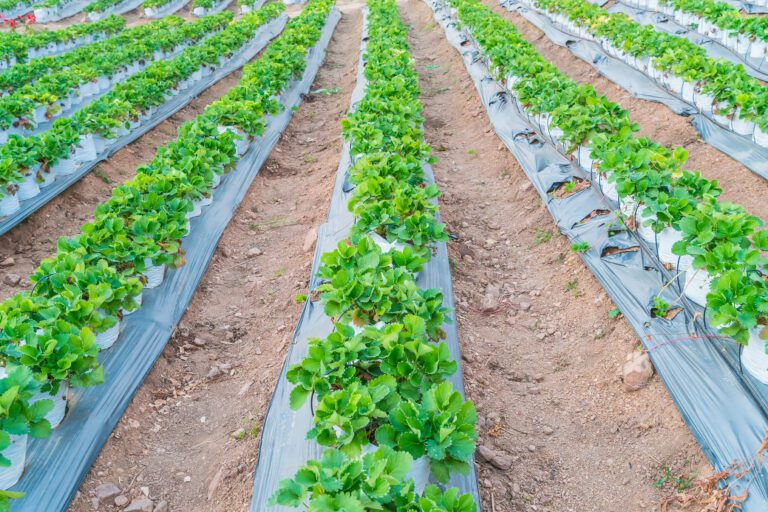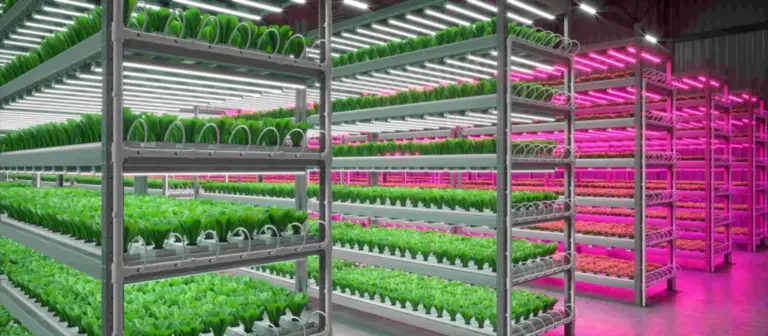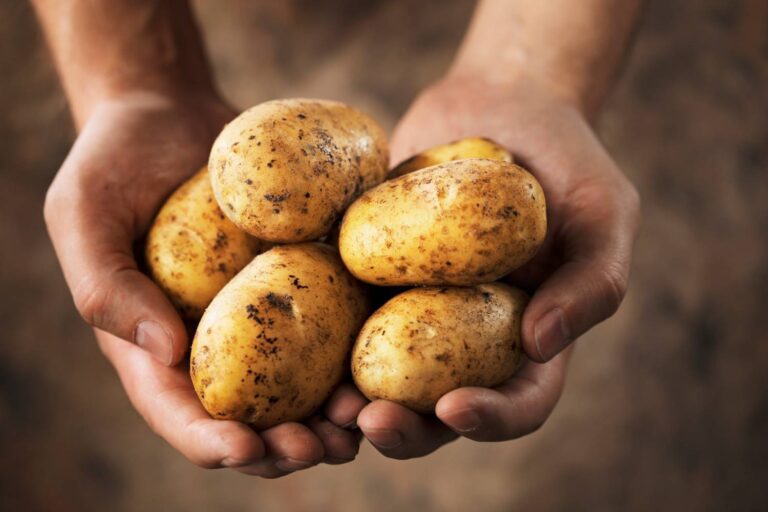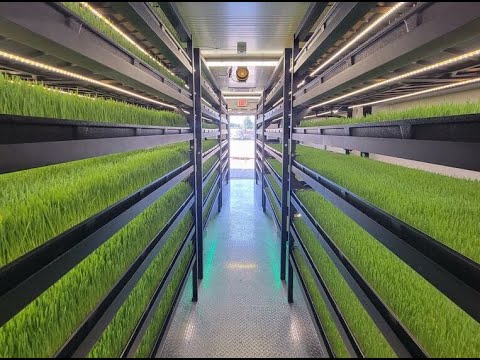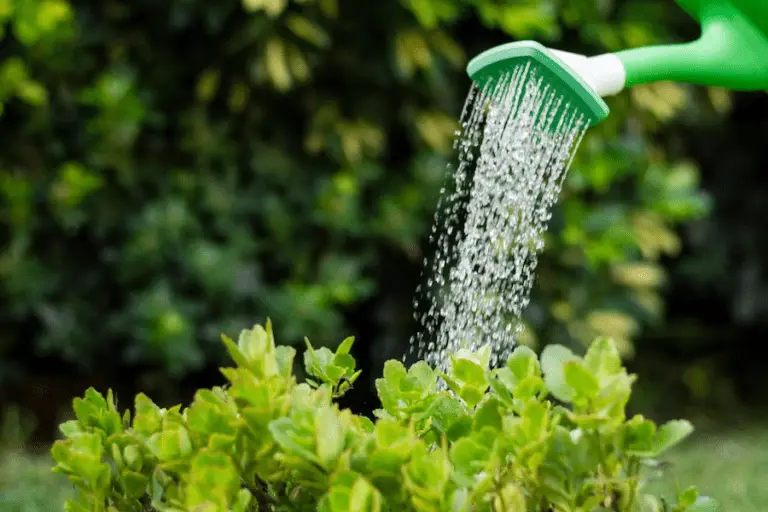Indoor Hydroponic Garden: How to Harvest and Enjoy Your No. 1 Best Produce
Table of Contents
Providing the necessary lighting for optimal plant growth
A crucial aspect of successful indoor hydroponic gardening is providing the necessary lighting for optimal plant growth. Unlike traditional gardening methods that rely on sunlight, hydroponic systems require artificial lighting to replicate natural conditions. By choosing the right type of lighting and ensuring proper intensity and duration, you can create an environment that promotes healthy plant development and maximizes yields.
One popular option for indoor hydroponics is the use of LED grow lights. LED lights have gained popularity in recent years for their energy efficiency and customizable spectrum. These lights emit specific wavelengths of light that are most beneficial for plant growth, allowing you to tailor the lighting conditions to the specific needs of your plants. Additionally, LED lights produce less heat, reducing the risk of plant damage and minimizing the need for additional cooling systems.
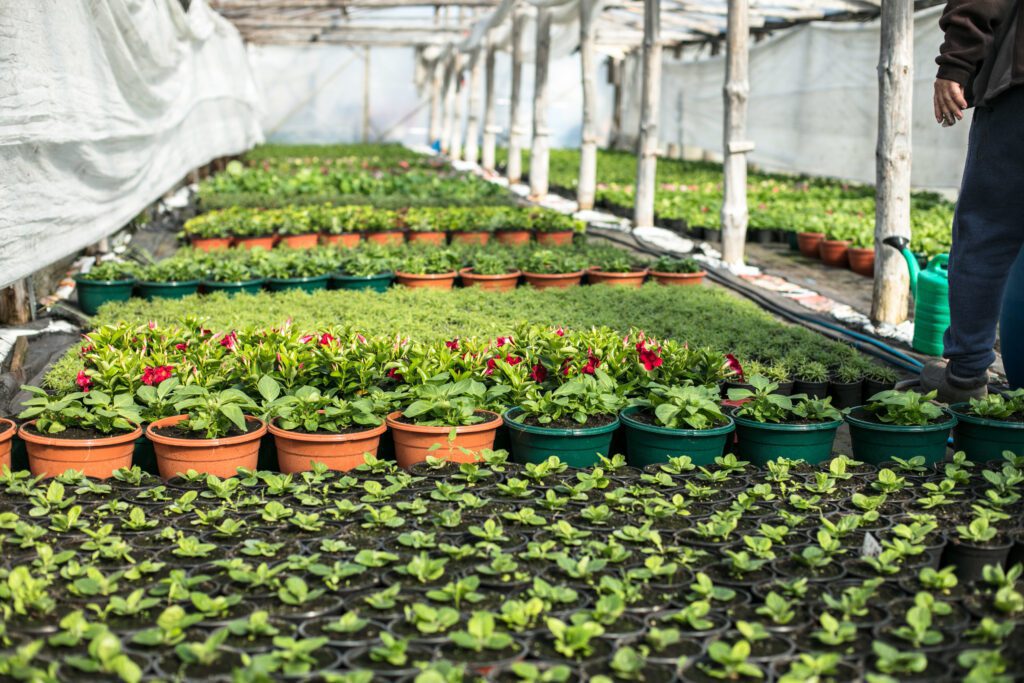
Another suitable lighting option for hydroponic gardens is high-intensity discharge (HID) lights. These lights, available in metal halide (MH) and high-pressure sodium (HPS) varieties, have long been the go-to choice for indoor gardening. MH lights emit a bluish-white spectrum that promotes vegetative growth, while HPS lights produce a reddish-orange spectrum that aids in flowering and fruiting. However, it’s important to note that HID lights generate significant heat and require adequate ventilation to maintain an optimal growing environment.
In conclusion, the choice of lighting for your indoor hydroponic garden is a crucial decision that can significantly influence the growth and productivity of your plants. LED grow lights offer a versatile and efficient option, while HID lights have a longstanding track record of success. Whichever option you choose, it’s essential to consider factors such as light intensity, duration, and spectrum to meet the specific needs of your plants and create an environment that fosters their optimal growth.
Selecting the appropriate nutrient solution for your hydroponic system
Selecting the appropriate nutrient solution for your hydroponic system is crucial for the success and health of your plants. Hydroponics offers a unique way of providing plants with the necessary nutrients they need to thrive without the use of soil. Instead, plants are grown in a nutrient-rich solution that contains all the essential elements they require for growth and development.
To ensure optimal plant growth, it is important to choose a nutrient solution that is specifically formulated for hydroponic systems. These solutions are designed to provide plants with a balanced blend of essential macronutrients, such as nitrogen, phosphorus, and potassium, as well as vital micronutrients like iron, manganese, and zinc. By supplying plants with the right combination of nutrients, you can encourage vigorous vegetative growth, promote healthy root development, and enhance overall plant productivity.
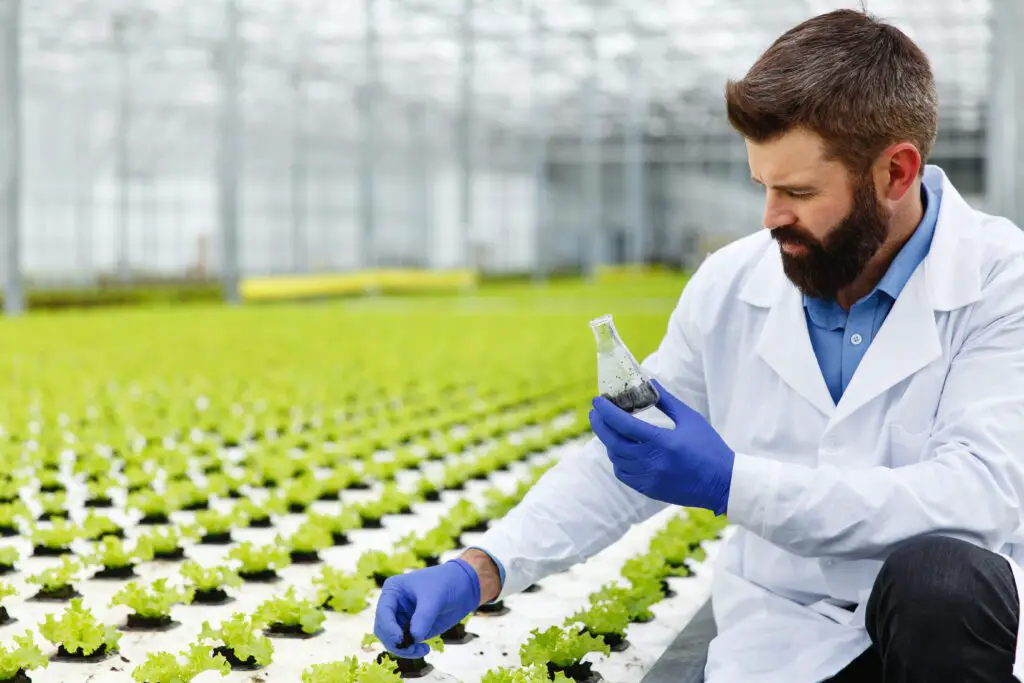
When selecting a nutrient solution, it is essential to consider the specific needs of the plant species you are growing. Different plants have varying nutrient requirements, and it is important to choose a solution that meets these needs. Consulting reliable sources, such as reputable gardening books or websites, can provide valuable information on the specific nutrient requirements of different plant varieties. Additionally, nutrient solution manufacturers often provide guidelines and recommended feeding schedules that can assist you in selecting the appropriate solution for your hydroponic system.
Properly selecting the nutrient solution for your hydroponic system is the first step towards achieving a thriving indoor garden. By providing plants with a well-balanced and tailored nutrient solution, you can create an optimal growing environment that promotes healthy growth and abundant yields. However, it is important to regularly monitor and adjust the nutrient levels in your system to ensure that plants are receiving adequate nutrition throughout their growth cycle. In the next section, we will explore how to effectively maintain your indoor hydroponic garden to maximize plant health and productivity.
Maintaining Your Indoor Hydroponic Garden
To ensure the long-term success of your indoor hydroponic garden, it is crucial to establish a regular maintenance routine. This will not only keep your plants healthy and thriving but also help you prevent any issues that may arise along the way. One of the primary tasks in maintaining your indoor hydroponic garden is monitoring and adjusting the pH levels of your nutrient solution. pH plays a vital role in nutrient absorption, and maintaining the appropriate levels will optimize your plants’ growth and overall health.
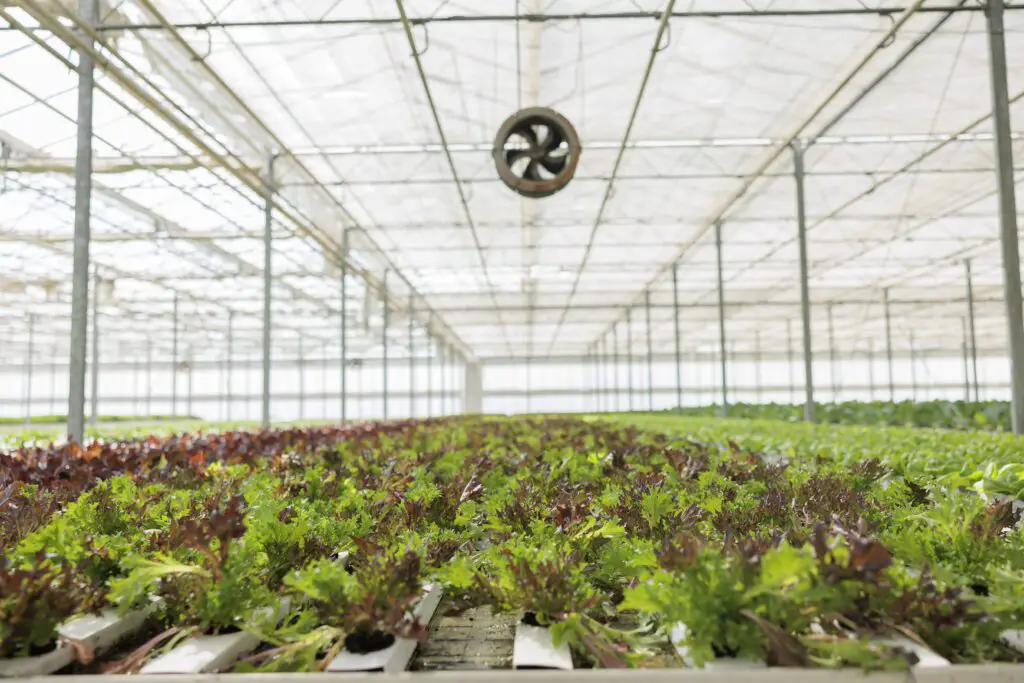
Regularly checking and maintaining the water and nutrient levels in your hydroponic system is another essential aspect of maintenance. Proper water and nutrient management are critical for providing your plants with the necessary elements for growth. Monitoring these levels regularly will give you insight into whether adjustments are needed, such as replenishing or adjusting the nutrient solution concentration. By maintaining proper water and nutrient levels, you can ensure that your plants receive the optimal balance of nutrients required for robust and healthy growth.
Remember, maintaining your indoor hydroponic garden is an ongoing process that requires diligence and attention to detail. By regularly monitoring and adjusting pH levels, as well as checking and maintaining water and nutrient levels, you can create an optimal growing environment for your plants. Stay tuned for the next section of this article, where we will explore how to prevent and manage pests in your indoor hydroponic garden, ensuring that your plants remain free from unwanted intruders.
Monitoring and adjusting pH levels in your hydroponic system
Maintaining the optimal pH levels in your hydroponic system is crucial for the health and productivity of your plants. The pH level directly affects nutrient uptake by the plants, and any imbalance can lead to nutrient deficiencies or toxicities. It is imperative to regularly monitor and adjust the pH levels to ensure a stable and suitable environment for your plants to thrive.
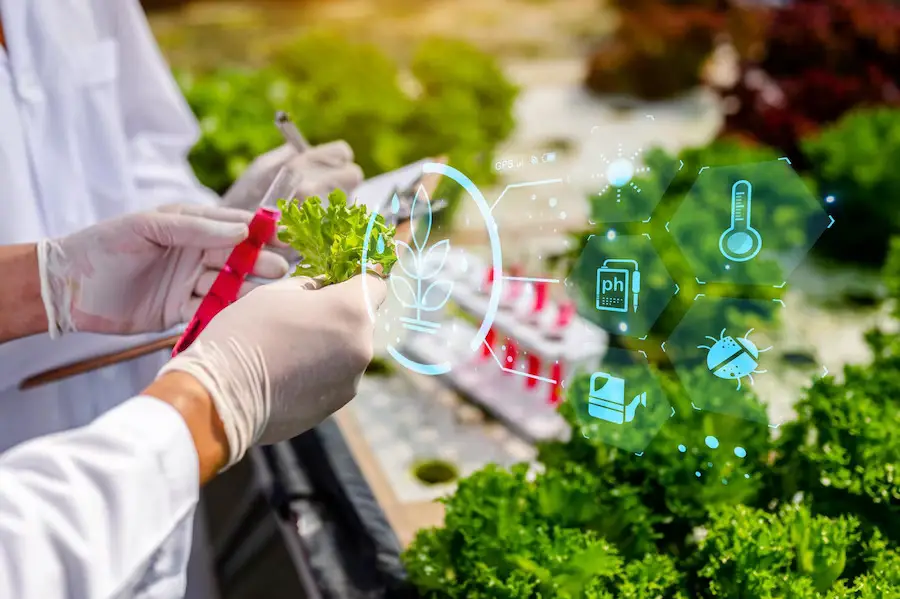
To begin, you will need a reliable pH testing kit or meter to accurately measure the pH of your nutrient solution. It is recommended to test the pH of your solution daily, as it can fluctuate due to various factors such as plant uptake, evaporation, or changes in water quality. Aim for a pH range between 5.5 and 6.5, as this is the optimal range for most plants in hydroponic systems.
If you find that the pH level is outside of the desired range, adjustments must be made to bring it back to the optimal levels. If the pH is too high (alkaline), you can lower it by adding a pH down solution, such as phosphoric acid or citric acid, in small increments until the desired pH is achieved. Conversely, if the pH is too low (acidic), you can raise it by adding a pH up solution, such as potassium hydroxide or calcium carbonate, following the manufacturer’s instructions.
Maintaining a stable pH level in your hydroponic system is essential for providing the ideal growing conditions for your plants. By regularly monitoring and adjusting the pH levels, you can ensure that your plants have access to the necessary nutrients they require for healthy growth and bountiful harvests.
Checking and maintaining the water and nutrient levels in your hydroponic system
Maintaining the proper water and nutrient levels in your hydroponic system is crucial for ensuring the health and productivity of your plants. As a hydroponic gardener, it is essential to regularly monitor and adjust these levels to provide your plants with the ideal growing conditions.
Water is the lifeblood of your hydroponic system, and it is necessary to regularly check the water level to prevent any disruptions to the nutrient flow. A simple way to do this is by using a water level indicator or a measuring stick to determine if the water level is within the desired range. It is advisable to keep the water level consistent to avoid any stress on your plants and maintain optimal nutrient absorption.
In addition to monitoring the water level, ensuring that the nutrient solution is properly balanced is equally important. The nutrient solution provides the essential elements that your plants need for growth, and regularly checking its composition is crucial. You can use a water testing kit or a digital pH meter to measure the nutrient levels accurately. Adjust the solution accordingly to maintain the correct balance, taking into consideration the specific needs of the plants you are cultivating.
By regularly checking and maintaining the water and nutrient levels in your hydroponic system, you are providing your plants with the optimal conditions for growth. Stay vigilant and make necessary adjustments to ensure the health and productivity of your hydroponic garden.
Preventing and managing pests in your indoor hydroponic garden
Effective pest management is crucial for maintaining the health and productivity of your indoor hydroponic garden. Pests can quickly multiply and inflict significant damage to your plants if left unchecked. However, with proper prevention and management strategies, you can keep these unwanted invaders at bay.
One of the first steps in preventing pests from infiltrating your hydroponic garden is maintaining a clean and sanitized environment. Regularly clean your system, removing any debris, dead plant matter, or fallen leaves. This helps eliminate potential hiding places for pests and reduces the risk of infestations. Additionally, regularly inspect your plants for any signs of pests, such as discoloration, holes in leaves, or webbing. Early detection allows for prompt action, minimizing the damage caused by pests.
Pruning and training your plants for better growth and productivity
Pruning and training your plants is an essential practice for promoting better growth and productivity in your indoor hydroponic garden. By selectively removing certain parts of the plant, you can direct its energy towards more beneficial areas, resulting in healthier and more abundant yields.
This table outlines various techniques used in pruning and training plants to enhance their growth, encourage specific characteristics, and ultimately boost productivity:
| Technique | Description | Benefits | Suitable Plants |
|---|---|---|---|
| Pinching | Removing the tips of young shoots | Encourages bushier growth, more branching | Herbs, ornamental plants |
| Topping | Removing the apical bud or tip | Stimulates lateral growth, more flowering | Cannabis, shrubs |
| Deadheading | Removing spent or faded flowers | Promotes continuous blooming | Roses, flowering plants |
| Thinning | Removing excess or crowded growth | Increases airflow, light penetration | Fruit trees, vegetables |
| Espalier | Training to grow flat against support | Saves space, easier fruit access | Apple, pear trees |
| Trellising | Guiding plants along a support | Supports climbing, better sun exposure | Tomatoes, vine plants |
| Pollarding | Regularly cutting back to main trunk | Controls size, encourages dense growth | Willows, certain trees |
One key aspect of pruning involves removing any damaged or diseased foliage, as this can hinder overall plant health and growth. By regularly inspecting your plants for any signs of illness or infestation, you can quickly address these issues and prevent them from spreading to other plants in your hydroponic system. Additionally, pruning also allows you to remove any excessive growth or overcrowded areas, allowing for better air circulation and light penetration throughout the plant canopy. This ensures that every part of the plant receives the necessary nutrients and light for optimal growth.
Harvesting and Enjoying Your Fresh Produce
When it comes to harvesting your hydroponically grown produce, timing is key. Each plant has its own optimal harvesting time, and it’s crucial to be aware of these specific windows to ensure peak flavor and nutrition. For example, leafy greens such as spinach or lettuce are typically ready for harvest when the leaves are large and vibrant. On the other hand, fruiting crops like tomatoes or peppers are best picked when the fruits are fully mature and have achieved their desired color.
Once you’ve harvested your hydroponic crops, it’s time to savor the fruits of your labor. Enjoying fresh produce straight from your indoor garden is a delight like no other. Whether you’re snacking on crisp lettuce leaves in a refreshing salad or incorporating juicy tomatoes into a homemade pasta sauce, the flavors and quality of your hydroponically grown produce will impress both your taste buds and your guests. So go ahead, harvest those vibrant greens and succulent fruits, and relish in the satisfaction of enjoying your own bountiful indoor harvest.
Knowing when and how to harvest your hydroponically grown plants
Knowing when and how to harvest your hydroponically grown plants is essential for maximizing the quality and quantity of your yield. Harvesting at the right time ensures that you enjoy the best flavor, texture, and nutritional value from your produce. Additionally, proper harvesting techniques help to promote plant health and encourage further growth.
When it comes to determining the right time for harvesting, each plant has specific indicators that you should look out for. For example, leafy greens such as lettuce and spinach are ready to be harvested when the outer leaves reach a desirable size. On the other hand, fruits like tomatoes and peppers should be picked when they have reached their full color and are firm to the touch. It’s important to understand the growth cycle and characteristics of each plant variety you’re cultivating to ensure accurate timing.
To harvest your hydroponic crops, use clean and sharp tools like shears or scissors to minimize damage to the plants. Be gentle when removing the produce to avoid unnecessary stress and injury to the remaining plant. It’s also advisable to harvest during the cooler parts of the day, such as early morning or late afternoon, as this helps preserve the freshness and quality of the harvested crops. Remember, harvesting regularly encourages continuous growth and productivity, so don’t hesitate to harvest as soon as your plants are ready.
By following these guidelines and paying attention to the specific requirements of your hydroponic plants, you’ll be able to harvest your produce at the optimal time. In the next section, we will explore the proper storage and preservation techniques to help you enjoy your freshly harvested produce for an extended period of time.
This table provides a guideline for harvesting popular hydroponically grown plants, indicating the ideal harvest time and the recommended harvesting technique to ensure a successful and efficient harvest:
| Plant | Ideal Harvest Time | Harvesting Technique |
|---|---|---|
| Lettuce | 3-4 weeks after sowing | Trim outer leaves as needed or cut entire head at base |
| Basil | When plant reaches 6-8 inches in height | Pinch off individual leaves or cut stems above leaf nodes |
| Tomatoes | When fruits reach full color and firmness | Use pruning shears to cut stems, leaving a small stem attached to the fruit |
| Cucumbers | Harvest when mature but still firm | Use a sharp knife or scissors to cut the stem at the base |
| Strawberries | When fruits turn red and fully ripe | Gently twist the stem while picking to avoid damage |
| Peppers | When they reach full size and color | Cut the stem using pruning shears or scissors |
| Spinach | 4-6 weeks after planting | Pick outer leaves as needed or cut the entire plant near the base |
Properly storing and preserving your freshly harvested produce
Once you have harvested your hydroponically grown produce, it is essential to properly store and preserve it to maintain its freshness and flavor. Proper storage not only prolongs the shelf life of your fruits and vegetables but also helps retain their nutritional value. Temperature and humidity control are key factors in preserving your harvest.
For leafy greens and herbs, it is best to store them in the refrigerator. Before storing, make sure to remove any wilted or damaged leaves and wash them thoroughly. Wrap the damp greens in a paper towel or store them in a perforated plastic bag to maintain the right level of moisture. Leafy greens such as lettuce, spinach, and kale can stay fresh for up to a week when stored properly.
Root vegetables, such as carrots, radishes, and beets, can be stored in a cool, dark place. Remove any excess soil from the roots and cut off the greens, leaving a small stem attached. Place the roots in a breathable container, such as a mesh bag or a wooden crate, and store them in a cool spot with low humidity. Stored this way, root vegetables can last for several weeks.
Watch what goes in an indoor hydroponic farm!
By following these simple storage and preservation methods, you can enjoy the flavors and nutritional benefits of your hydroponically grown produce for an extended period. Take care to monitor the condition of your stored crops regularly and remove any spoiled items promptly to prevent the spread of decay. With proper storage, you can revel in the satisfaction of enjoying your hydroponic harvest long after it has been picked.
Exploring creative recipes and meal ideas to enjoy your hydroponic harvest
As a gardener and hydroponics expert, one of the most exciting aspects of growing your plants indoors is the ability to experiment with creative recipes and meal ideas using your hydroponic harvest. The fresh and flavorful produce that you cultivate in your indoor garden is perfect for elevating your dishes to a whole new level.
From vibrant salads bursting with nutrient-rich greens to mouthwatering stir-fries packed with crunchy and colorful vegetables, the possibilities are endless when it comes to incorporating your hydroponically grown produce into your meals. Imagine a refreshing summer salad topped with crisp lettuce, juicy tomatoes, and fragrant herbs picked straight from your indoor garden. Or how about a hearty vegetable curry bursting with the flavors of tender bell peppers, zucchini, and spicy chili peppers? With hydroponics, you can indulge in the pleasure of enjoying vibrant, homegrown ingredients all year round.
In addition to traditional savory dishes, your hydroponic harvest can also add a delightful twist to sweet treats. Imagine the joy of baking a luscious carrot cake using carrots grown in your indoor garden, or savoring the delicate sweetness of strawberries picked from your hydroponic strawberry tower in a fresh and fruity dessert. The freshness and quality of your harvest will shine through, creating truly memorable culinary experiences. So get ready to explore your creativity in the kitchen and delight in the amazing flavors that your indoor hydroponic garden can offer.
Sharing the benefits and rewards of indoor hydroponic gardening with others
Indoor hydroponic gardening offers a multitude of benefits and rewards that extend beyond personal satisfaction. By sharing your knowledge and experiences with others, you can inspire and empower fellow gardening enthusiasts to embark on their own hydroponic journeys. Educating others about the benefits of indoor hydroponics not only promotes sustainability but also fosters a sense of community and connection among like-minded individuals.
One of the key advantages of indoor hydroponic gardening is its ability to produce high-quality, nutrient-rich crops with significantly less water and space compared to traditional soil-based cultivation. As people become more conscious of sustainable practices and the importance of locally sourced food, sharing the benefits of hydroponics can contribute to reducing our carbon footprint and promoting food security. Additionally, indoor hydroponic gardening allows for year-round cultivation, eliminating the limitations imposed by seasonal changes and adverse weather conditions. By spreading awareness about these advantages, you can inspire others to embrace this innovative and efficient gardening method.
Learn more about indoor gardening with hydroponics though this video!
Moreover, indoor hydroponic gardening can also serve as a therapeutic activity that promotes well-being and mental health. The act of nurturing and tending to plants has been shown to reduce stress, improve mood, and provide a sense of purpose and accomplishment. By sharing these emotional and psychological benefits with others, you can encourage them to incorporate indoor hydroponic gardening into their lives as a means of relaxation and self-care. Whether it be through workshops, online platforms, or community events, inviting others to witness the transformative power of growing their own food can create a ripple effect that extends far beyond individual gardens. The rewards of indoor hydroponic gardening are not only reaped in the form of bountiful harvests but also in the joy of cultivating a sustainable and nurturing community.
How much lighting is needed for optimal plant growth in an indoor hydroponic garden?
To achieve optimal plant growth, it is recommended to provide around 14-16 hours of continuous light per day. The intensity and spectrum of the light should also be appropriate for the specific plants you are growing.
What factors should be considered when selecting a nutrient solution for a hydroponic system?
When selecting a nutrient solution, consider the specific needs of your plants, the stage of growth they are in, and the pH level required. It is important to choose a high-quality solution that provides the necessary macro and micronutrients for optimal plant health.
How often should pH levels be monitored and adjusted in a hydroponic system?
pH levels should be monitored and adjusted daily or at least every other day. The ideal pH range for most hydroponic plants is between 5.5 and 6.5. Regular monitoring and adjustment ensure that plants can effectively absorb nutrients.
How frequently should water and nutrient levels be checked and maintained in a hydroponic system?
Water and nutrient levels should be checked daily to ensure that plants receive an adequate supply. Depending on the size of your system and the plants being grown, you may need to top up or replace the solution every 1-2 weeks.
What are some effective methods to prevent and manage pests in an indoor hydroponic garden?
To prevent and manage pests, maintain a clean and sanitized environment, regularly inspect plants for signs of infestation, and use biological pest controls or organic insecticides when necessary. Implementing proper ventilation and air circulation can also deter pests.
When is the right time to harvest hydroponically grown plants?
Harvesting time varies depending on the specific plant. Generally, you should harvest when the plants have reached their maturity stage, which can be determined by factors such as color, size, and texture. Refer to specific plant guidelines for accurate harvest timing.
How can freshly harvested produce from an indoor hydroponic garden be properly stored and preserved?
Freshly harvested produce should be immediately stored in a cool and dry place, such as a refrigerator. Properly washing and drying the produce before storage helps to extend its shelf life. Some crops can also be preserved by freezing or canning.
Can you provide some creative recipes and meal ideas utilizing hydroponically grown produce?
Certainly! Hydroponically grown produce can be used in a wide range of recipes, from fresh salads and smoothies to stir-fries, soups, and even desserts. Experiment with incorporating your homegrown herbs, lettuces, tomatoes, and cucumbers into your favorite dishes for a delicious and nutritious twist.
How can I share the benefits and rewards of indoor hydroponic gardening with others?
You can share your knowledge and experience by organizing workshops or demonstrations, writing blog posts or articles, or even creating social media content. Additionally, donating or gifting excess produce to friends, family, or local food banks is a great way to spread the benefits of indoor hydroponic gardening.

Pallavi Gupta is a burgeoning writer at SouthElMonteHydroponics, blending her passion for data analysis with a keen interest in biotechnology. Currently pursuing a Bachelor’s in Biotechnology at Amity University, Pallavi delves into the intricacies of life sciences while gaining hands-on experience in the exciting world of data analysis. Her unique background provides a fresh perspective on hydroponic farming, as she explores the intersection of biotechnology and sustainable agriculture. Through her writing, Pallavi aims to bridge the gap between data-driven insights and innovative farming practices, inspiring others to harness technology for a greener future.

